PHD Comics on the big screen
Posted by Eva Amsen, on 17 November 2011
The web comic Piled Higher and Deeper (PHD) has been commiserating with graduate students since 1997. And now you can watch the comics come to live on the big screen, as universities and institutes across the world (including Antarctica!) are screening the PHD movie.
Fans of the comic will recognize most of the jokes, but now the individual 3-panel strips have been turned into a full-length movie with a plot that summarizes the main story of the long-running comic. The film was shot in its entirety at the Caltech campus last spring, and all actors are students and staff from Caltech. As they’re by and large professional scientists rather than professional actors, the acting isn’t always very sharp, but they did a great job at bringing the comics to life. The trailer below gives a good indication of the film.
PHD Movie Trailer from PHD Comics on Vimeo.
Most screenings are only open to students from the hosting institution, but I was lucky to hear about an open screening at University College London. Even though the screening was open to absolutely everyone, the lecture theatre was not entirely full. Perhaps it really does appeal specifically to grad students? Nevertheless, the people who did attend seemed to enjoy the film, and laughed at every joke. Even the ones that you could see coming from a mile away if you were familiar with the comics.
But this was not just any screening: it was one of the few that PHD Comics creator Jorge Cham was attending. After the film, science-loving comedian Robin Ince hosted a Q&A with Jorge and with Alex Lockwood – the actress (and graduate student!) who plays the character of Cecilia in the film. Alex initially kept her role in the film a secret from her advisor. “I didn’t tell him I was doing it for a while, but his wife is really nosy on Facebook…” Once he found out, he was a lot more excited about the film than she was – as long as she still got her work done, of course.
 Despite being based largely on the existing comic strips, the end of the film breaks a longstanding tradition. In the fourteen years that Piled Higher and Deeper has been running, the main character was never named. In the film, he finally introduces himself. When this came up during the Q&A, Jorge explained why the student didn’t have a name to begin with: “First I was just kind of lazy, but then it became a funny thing. It took my own professor about four years until he learned my name.” But now, wanting to give the film a more interesting resolution, the student gets a name. “I figured it was about time. And I can always deny that it’s not comic-canon, that it’s just movie-canon…”
Despite being based largely on the existing comic strips, the end of the film breaks a longstanding tradition. In the fourteen years that Piled Higher and Deeper has been running, the main character was never named. In the film, he finally introduces himself. When this came up during the Q&A, Jorge explained why the student didn’t have a name to begin with: “First I was just kind of lazy, but then it became a funny thing. It took my own professor about four years until he learned my name.” But now, wanting to give the film a more interesting resolution, the student gets a name. “I figured it was about time. And I can always deny that it’s not comic-canon, that it’s just movie-canon…”
After the Q&A, we caught up with Jorge and asked him how the film translates to international audiences. It’s set in the US, where PhD degrees can regularly take 5-7 years, and many jokes are based on the fact that graduate school takes forever. My own favourite joke involves Cecilia’s encounter with a high school classmate:
But in the UK, where several universities have now screened the film, PhD degrees are much shorter than in North America. Do the jokes hold up?
“Well I heard that the guitarist from Queen took 35 years to finish his PhD, so I think he pulls up the average,” jokes Jorge, “But I think what translates the most is that feeling of uncertainty, feeling stuck and not being quite sure what you’re going to do next. That’s international.”
Regular readers of the Node may recall that we’ve interviewed Jorge before, and that he mentioned a “biologist character” that would appear in the comic very soon. What is happening with that, we wanted to know. “That’s still coming, but probably not for another year, at least.” Aww. But of course, this is the man who has turned procrastination into a career: Jorge left research several years ago to pursue the comic full time, and to give talks about procrastination to graduate students. To tie in with the various posts we’ve had on the Node about alternative careers, we asked him what he learned in his PhD degree that he still uses today.
“Many things. I think part of what I do as an artist is trying to discover where the truth is – or at least ask the question “where is the truth?” – and being able to think analytically in a big picture sense but also being able to drill down, and work on the minutiae of the details. I think the PhD gives you that kind of macro/micro vision at the same time. But mostly it just gives me the ability to avoid questions…”
If you’d like to see the movie yourself, here is a list of places that are showing it. And if you’re a bit more patient (now there’s something you learn in grad school!) you can wait for the DVD release, tentatively planned for Pi Day (March 14) next year.



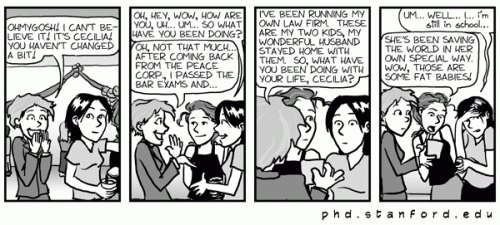
 (6 votes)
(6 votes)
 (No Ratings Yet)
(No Ratings Yet)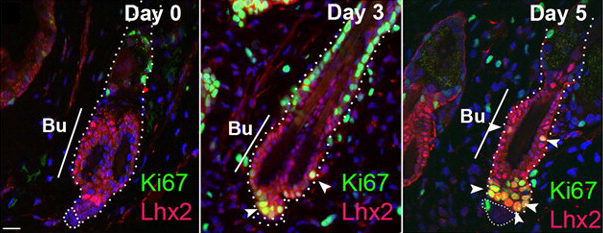
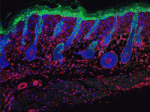


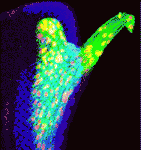
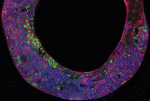
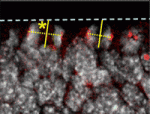
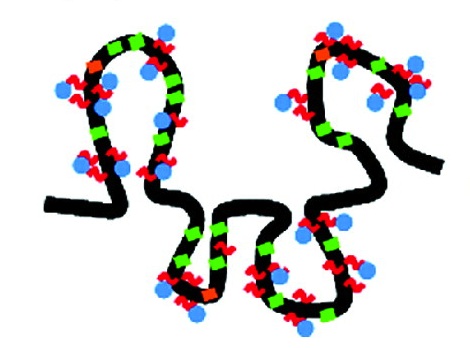
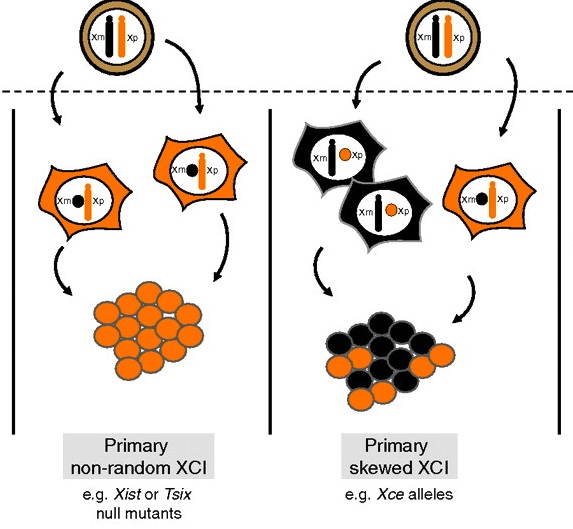
 Dates for your calendar
Dates for your calendar